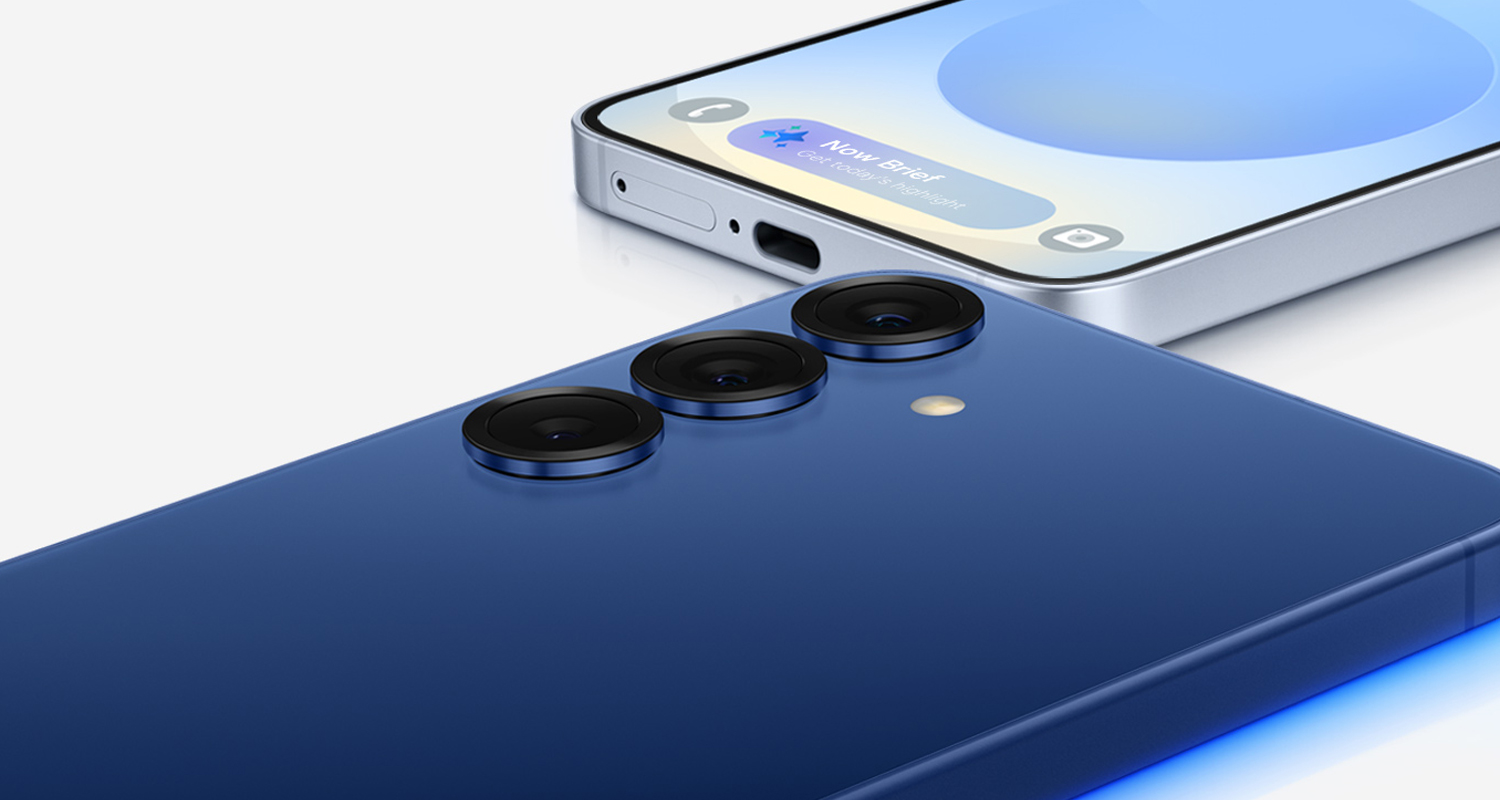Samsung Electronics has unveiled a raft of new security features to help users of its smartphones combat theft, especially in scenarios such as smash-and-grabs or pickpocketing.
The first of the new features makes use of location data to detect when a device is in an unfamiliar location and automatically adds a layer of biometric authentication before changes to any security settings can be made. This helps prevent criminals remove a user’s biometric data or add their own to a stolen phone.
The second is a security delay feature that triggers an hour-long wait before sensitive security settings can be updated, giving users time to lock and track their stolen device remotely before it is switched off or reset.
“South Africa continues to grapple with high mobile phone theft rates, especially in urban areas like Johannesburg, Durban and Cape Town,” Samsung said in a statement this week announcing the new features.
Anti-theft security features for mobile devices such as phones or tablets, regardless of the manufacturer, focus on protecting user data once a device has been compromised, allowing for recovery where possible.
Existing anti-theft features for Google Android-based devices – including those made by Samsung – include Find My Device, which allows owners to track and remotely deactivate a lost or stolen product. Apple has a similar feature called Activation Lock, which allows users to lock lost devices remotely from another device. Activation Lock is accompanied by a Find My feature that allows for device tracking in the Apple ecosystem.
Locked and secured
The best-case scenario after a device has been stolen is that it is tracked and recovered. But criminals who have knowledge of phone security features either drain the battery or switch it off to make tracking it nearly impossible. Samsung devices can be set up to require authentication via biometrics or a Pin to switch them off when the screen is locked. Criminals who have become wise this, however, snatch phones while the user has them in hand, giving them the access they need to disable the device immediately.
This is where other features, like theft-detection locking, are useful. This locking uses machine learning to recognise suspicious movements that might suggest a phone has been grabbed by a criminal, automatically locking the screen. This gives the victim the opportunity to track their device, lock it to prevent access and encrypt personal data before a criminal switches it off.
Read: SA’s middle class a prime target in digital kidnapping scourge
Samsung’s new security delay feature, which requires users to wait an hour before executing a biometric data deletion instruction, is also meant to buy an owner time to enable tracking and encrypt their stolen device, even when the criminal has managed to bypass the lock screen.
 Tracking becomes much harder when criminals manage to switch off the device, however. In the Apple ecosystem, Find My makes use of other Apple devices nearby to report a stolen device’s location, even when it is switched off. This feature uses specialised hardware and low-power Bluetooth to send encrypted signals to other devices in the network, which in turn send information to the device owner via the internet.
Tracking becomes much harder when criminals manage to switch off the device, however. In the Apple ecosystem, Find My makes use of other Apple devices nearby to report a stolen device’s location, even when it is switched off. This feature uses specialised hardware and low-power Bluetooth to send encrypted signals to other devices in the network, which in turn send information to the device owner via the internet.
Samsung’s new features build on existing anti-theft elements woven into the underlying Android operating system used by its devices. Other device manufacturers in the Android ecosystem including Honor, Oppo and Vivo rely on the features built into the operating system. Huawei, although not supported by the Google Play app ecosystem anymore, offers similar anti-theft features on its phones.
Read: Android phones getting advanced anti-theft protection
Users must sign into Samsung Find using their Samsung account details to activate and use them. The new features have been made available on the Galaxy S25/24/23/22 series and the Z Fold6/5, Z Flip6/5, with support for other Galaxy devices in the pipeline, the company said. – © 2025 NewsCentral Media
Get breaking news from TechCentral on WhatsApp. Sign up here.
Don’t miss:
Samsung plots health data hub to link users and doctors in real time

